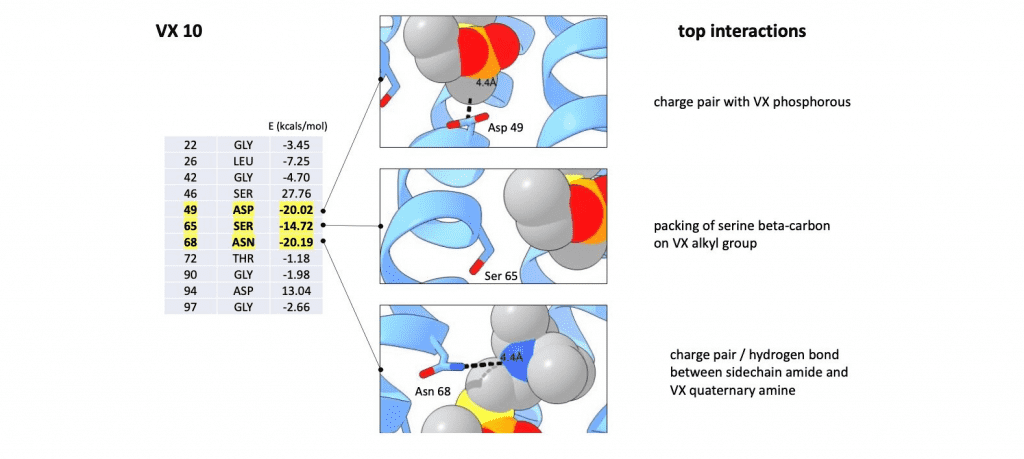This incredible quantum flute has opened up new horizons to learn and implement the quantum phenomenon in a different way that could enhance the possibility of controlling quantum computers through exciting approaches. It depicts unusual behavior that has never been seen before. The flute is designed in such a way that enables the photons to interact with each other during their movement through small holes. Photons—the particles of light—usually don’t interact with each other as they used to pass from above, below, or on the sides but hadn’t interacted head-on with each other like this before.

The flute contains several successive holes in a circular form. These holes are integrated into the middle of the flute in a vertical configuration as demonstrated in the picture. Moreover, it is made up of a piece of metal that can further enhance the movement of photons. Although the flute works with sound waves, this “quantum flute” deals with the propagation of light waves. David Schuster, who is the lead author of the study, said, “Just like in a musical instrument, you can send one or several wavelengths of photons across the whole thing, and each wavelength creates a ‘note’ that can be used to encode quantum information.”

Scientists say that these notes work astonishingly and can be regarded as “qubits,” or quantum bits. With this, they mean that these are considered the means to store information in the computers and have the ability to amend any errors that could pose a threat to the efficient working of the technology. However, scientists say that for the time being, we are able to manage by manipulating the movement of up to five notes, and the results are amazing. They said, “a superconducting electrical circuit” was being deployed to achieve this unbelievable interaction of photons.

Hence, in the long run, if scientists can control all of these qubits by interacting with all of the photons in the quantum flute, then we can control the quantum computers in prodigious ways. According to Schuster, “If you wanted to build a quantum computer with 1,000 bits and you could control all of them with a single bit, that would be incredibly valuable.” As per the scientists, the photons can also be made to interact in pairs, but they have done this phenomenon by interconnecting each of them at least once.
Schuster further said, “Normally, most particle interactions are one-on-one – two particles bouncing or attracting each other. If you add a third, they’re usually still interacting sequentially with one or the other. But this system has them all interacting at the same time.”


